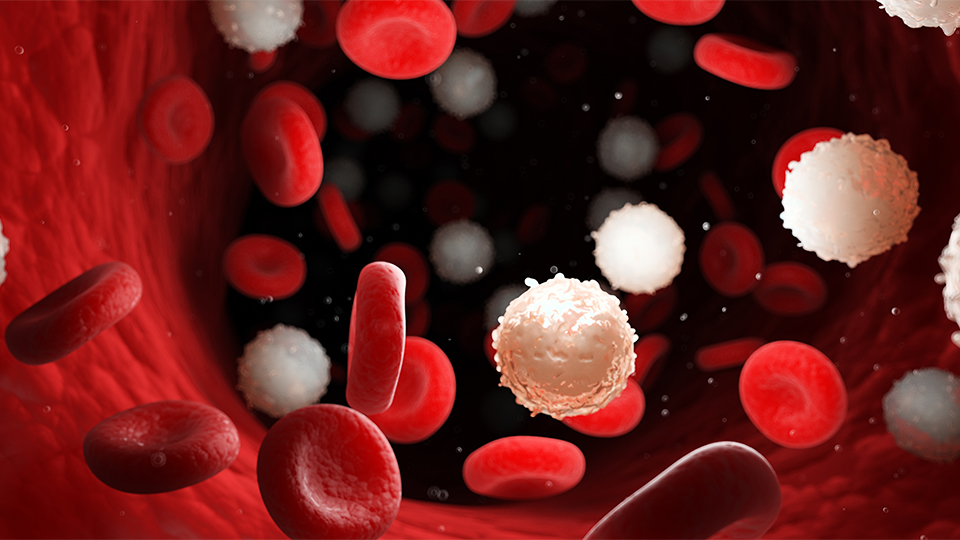CAR-T cells : what intensivists need to know
DOI:
https://doi.org/10.37051/mir-00064Keywords:
intensive care, cytokine release syndrome, neurotoxicity syndrome, hematologic neoplasmsAbstract
Treatment with CAR-T cells represents an innovative therapeutic advance in patients with refractory hematological malignancies. Infectious complications must always be considered and empirically treated. Specific complications such as cytokine release syndrome (CRS) and neurotoxicity can be severe and patients often require intensive care unit admission. A close monitoring is necessary in these patients. While CRS treatment is based on the administration of anti-IL-6 receptor (tocilizumab) in mild forms, corticosteroids are recommended in severe CRS and/or neurotoxicity


